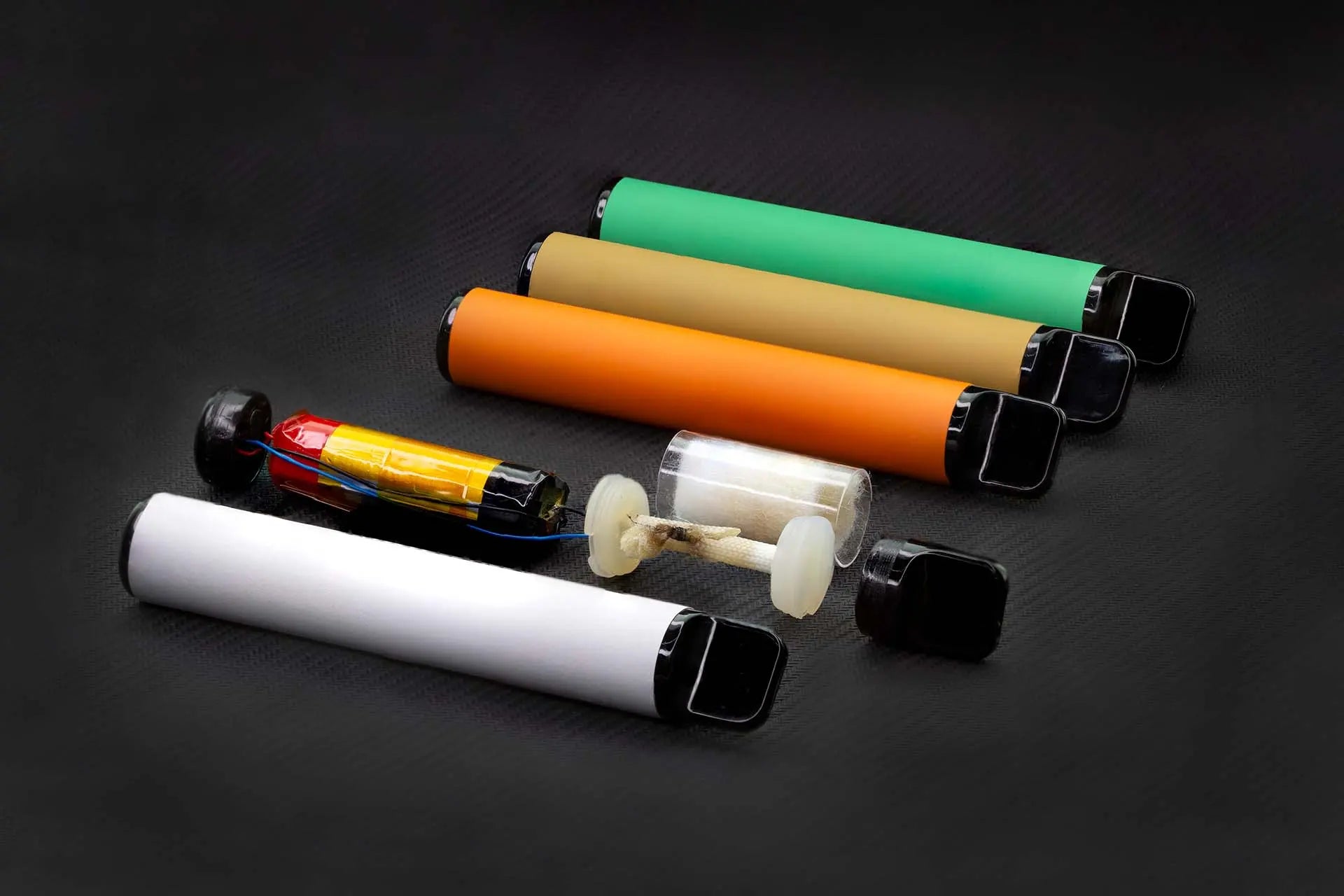Introduction
Disposable vapes have become a popular choice for both new and seasoned vapers due to their convenience and ease of use. But what exactly goes into these compact devices? Understanding the technology behind disposable vapes can help you make more informed choices and appreciate the innovations that enhance your vaping experience. In this guide, we’ll explore the key components and technology that make disposable vapes function seamlessly.
1. The Basics of Disposable Vape Technology
What is a Disposable Vape?
A disposable vape is a single-use, all-in-one vaping device that comes pre-filled with e-liquid and pre-charged, eliminating the need for refills and separate batteries. These devices are designed for simplicity and convenience, allowing users to enjoy vaping without the hassle of maintenance.
2. Key Components of Disposable Vapes
E-Liquid Reservoir:
- Capacity: The e-liquid reservoir holds the vape juice, which typically contains a mix of nicotine, flavorings, and propylene glycol or vegetable glycerin. The capacity of this reservoir determines how long the vape will last before it needs to be replaced.
- Material: Most disposable vapes use a plastic or metal tank to store the e-liquid. High-quality materials ensure the e-liquid remains uncontaminated and the device remains leak-proof.
Heating Element (Coil):
- Function: The heating element, or coil, is responsible for vaporizing the e-liquid. It is usually made of metal, such as stainless steel or Kanthal, and is wrapped around a wick material that absorbs the e-liquid.
- Design: Coils come in various designs, including traditional wire coils or more advanced ceramic options. The design impacts the efficiency of heating and the overall flavor experience.
Wick Material:
- Purpose: The wick material, often made of cotton or synthetic fibers, absorbs the e-liquid from the reservoir and feeds it to the coil. This ensures a consistent vapor production.
- Quality: High-quality wicks prevent dry hits and maintain flavor integrity throughout the life of the device.
Battery:
- Capacity: The battery provides power to the heating element. Disposable vapes typically use a small, integrated lithium-ion battery with enough charge to last the life of the device.
- Design: Batteries are designed to be compact and lightweight, fitting seamlessly into the device’s casing. They are pre-charged, so users don’t need to worry about recharging.
Airflow System:
- Function: The airflow system controls the amount of air that mixes with the vaporized e-liquid. This can affect the throat hit and vapor production.
- Adjustability: Some disposable vapes have adjustable airflow settings, allowing users to customize their vaping experience.
3. How Disposable Vapes Work
Activation:
- Draw-Activated: Most disposable vapes are draw-activated, meaning they automatically activate when you inhale. This eliminates the need for buttons or switches, making the device easy to use.
- Button-Activated: Some models may feature a button that users press to activate the vape. This can offer more control over the vaping experience.
Vapor Production:
- Heating Process: When you inhale, the battery sends power to the coil, which heats up and vaporizes the e-liquid. The vapor is then drawn through the airflow system and into your lungs.
- Consistency: High-quality disposable vapes are designed to provide consistent vapor production and flavor throughout the device’s lifespan.
4. Innovations in Disposable Vape Technology
Enhanced Flavors:
- Advanced Flavorings: Manufacturers are continually improving flavor profiles and incorporating new flavoring technologies to enhance the vaping experience.
- Flavor Stability: Newer devices use improved wicking and coil designs to ensure better flavor consistency and prevent flavor burnout.
Improved Battery Life:
- Efficient Power Usage: Advances in battery technology and power management have led to longer-lasting batteries in disposable vapes, providing a more satisfying experience without frequent replacements.
- Fast Charging: Some disposable vapes are designed with faster charging capabilities, reducing the wait time between uses.
Eco-Friendly Designs:
- Recyclable Materials: Many manufacturers are now focusing on using recyclable materials and reducing the environmental impact of disposable vapes.
- Sustainable Practices: The industry is working towards more sustainable practices, such as designing devices that are easier to recycle and reducing waste.
5. Conclusion
Understanding the technology behind disposable vapes enhances your appreciation for these convenient devices and helps you make more informed choices. From the e-liquid reservoir and heating element to the battery and airflow system, each component plays a crucial role in delivering a satisfying vaping experience. As technology continues to advance, disposable vapes will likely see even more innovations, offering users better performance, flavor, and overall satisfaction.
Understanding the Technology Behind Disposable Vapes

